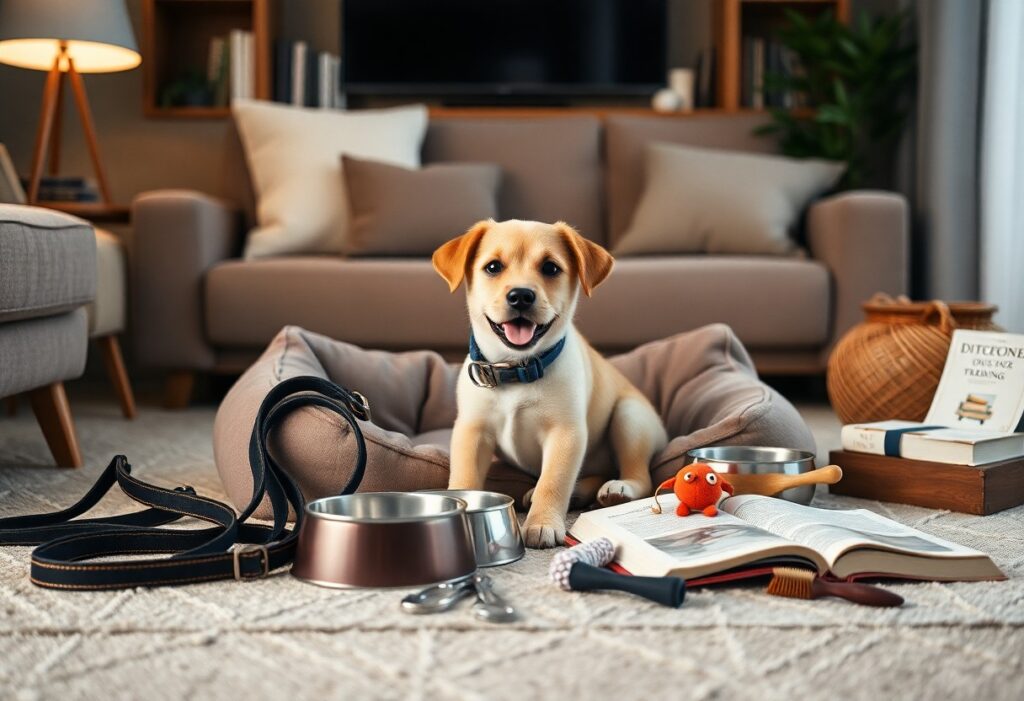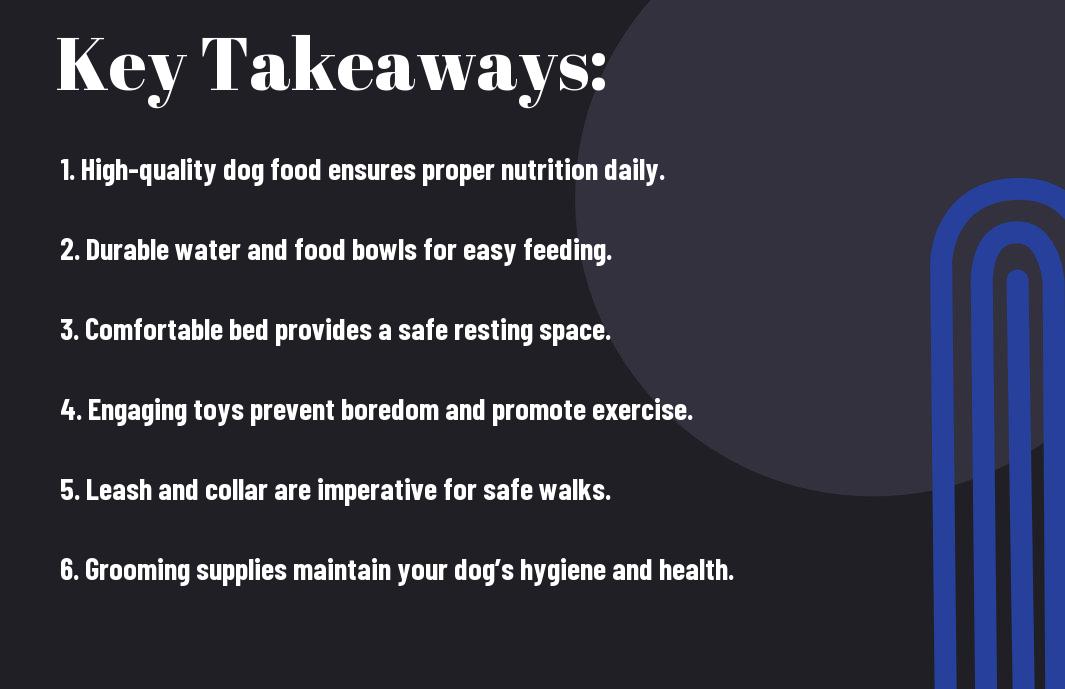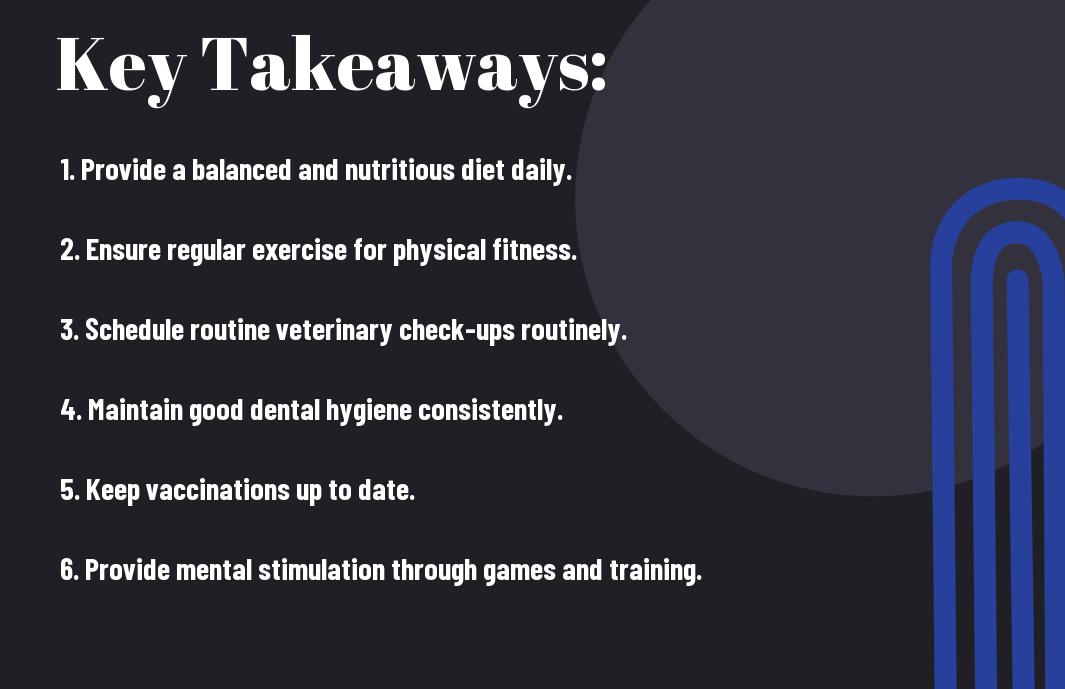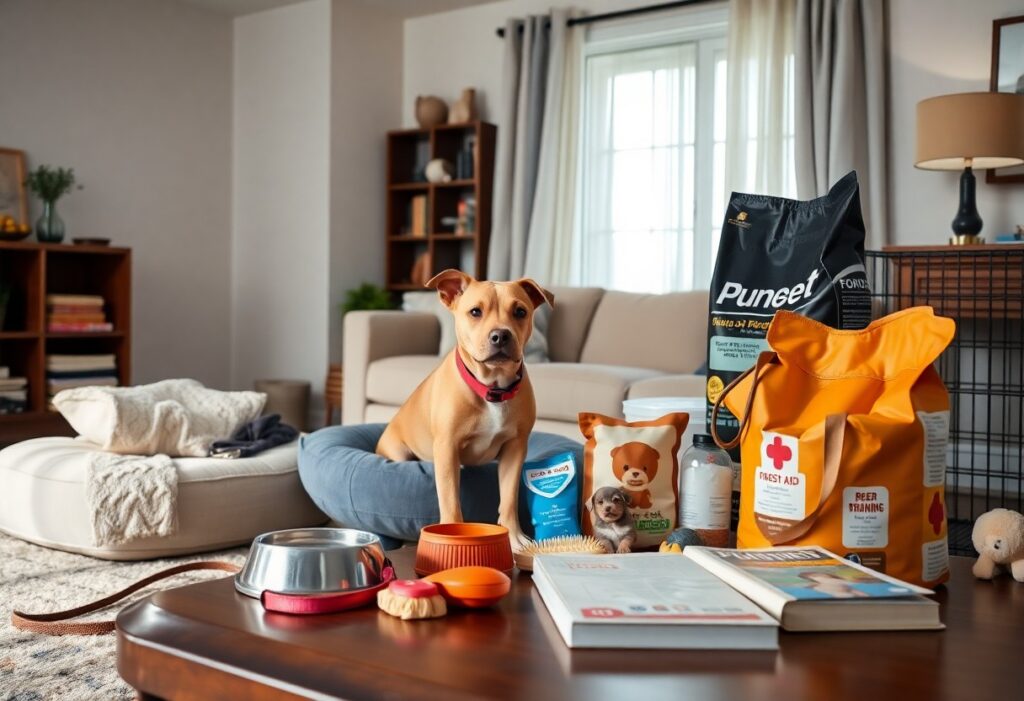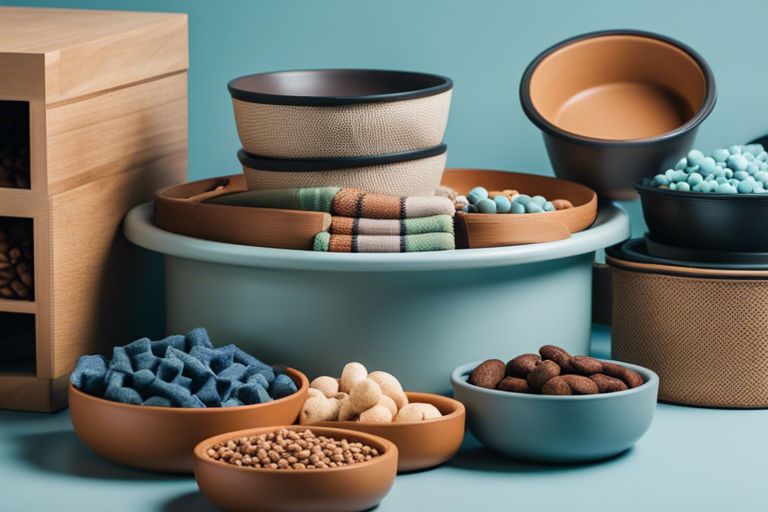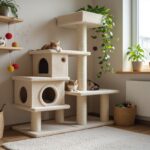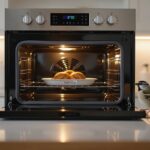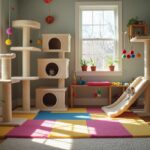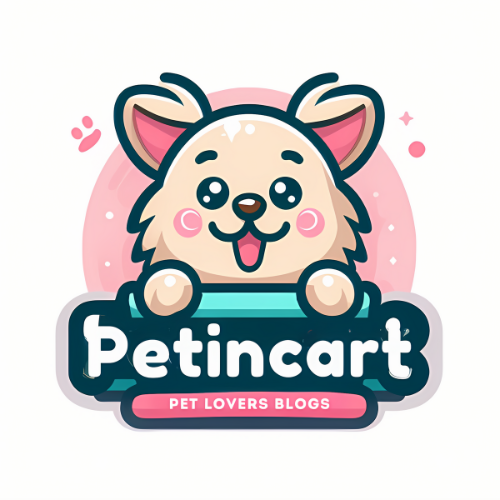Just stepping into the world of dog ownership can be overwhelming, but having the right supplies can make all the difference for you and your new furry friend. Your pup’s happiness and well-being depend on a few vital items that ensure their comfort and safety. From a cozy bed to nutritious food and engaging toys, these must-have items will help foster a strong bond and create a positive environment for both of you. Let’s explore the key products that will help you initiate on this exciting journey together!
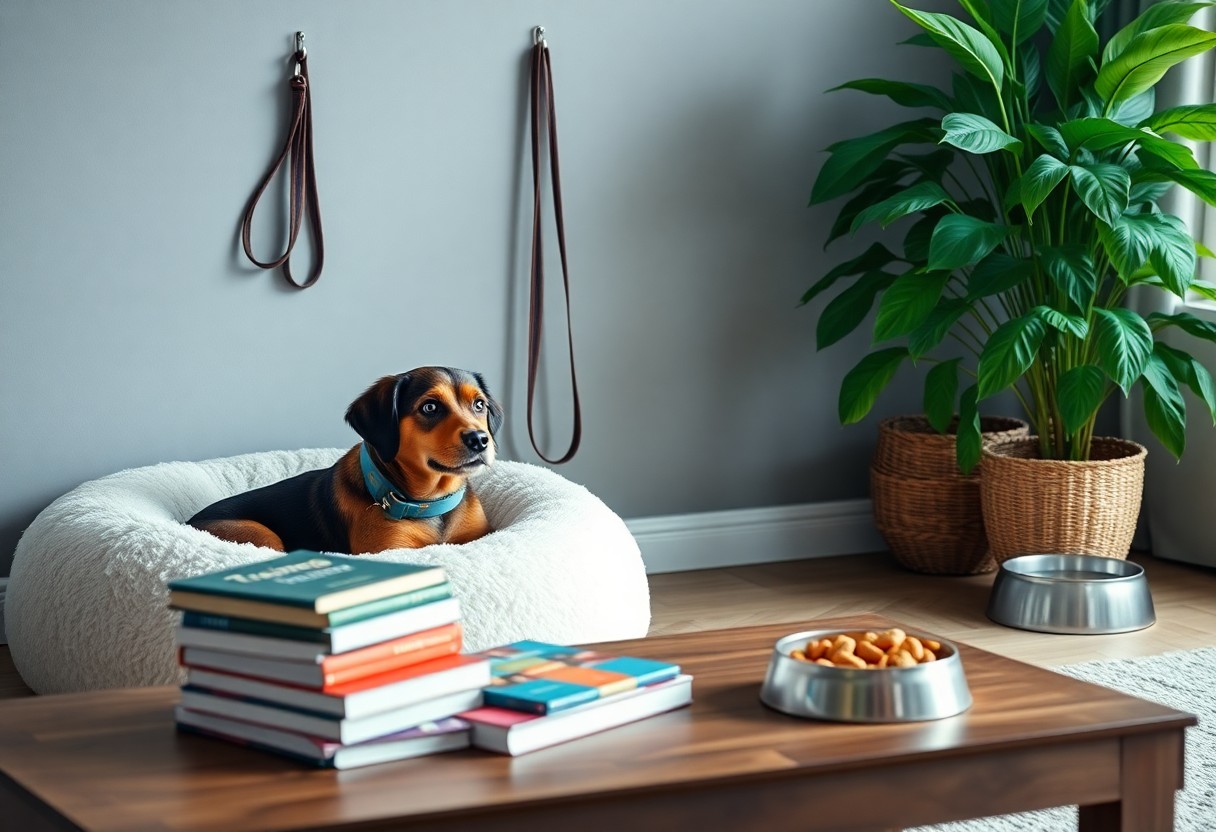
Key Takeaways:
- Basic supplies such as a comfortable bed, food and water bowls, and quality food are necessary for your dog’s well-being and comfort.
- Invest in training tools like leashes, collars, and positive reinforcement treats to help establish good habits and behaviors from the start.
- Don’t overlook the importance of toys for mental stimulation and exercise, which are vital for a happy and healthy pet.
The Essential Gear Your Dog Needs
Equipping your home and lifestyle for your new pup involves more than just love and attention; you’ll also need the right gear to ensure their comfort and your peace of mind. Investing in quality items designed specifically for dogs not only promotes a smoother transition into your lives but also sets a strong foundation for training and bonding. Focus on selecting gear that is both practical and suited to your dog’s needs to enhance their happiness and health from day one.
Must-Have Collars and Leashes for Safety and Control
A reliable collar and leash combination ensures both safety and control during outings. Opt for an adjustable collar that fits snugly but allows for two fingers to fit underneath, preventing any chance of escape. A strong, durable leash between 4 to 6 feet will give you better control during walks. Consider materials like nylon or leather for durability, and reflective options for added visibility during nighttime strolls.
Choosing the Right Crate: Comfort Meets Practicality
The right crate not only provides a secure space for your dog but also aids in training and establishing boundaries. A good crate should be appropriately sized so your dog can stand up, turn around, and lie down comfortably. Look for options with excellent ventilation and easy access. Many crates are foldable and portable, making them practical for travel. Utilizing crates properly helps establish a sense of safety and comfort, turning it into a cozy den where your pup can relax.
Selecting the ideal crate goes beyond just size; consider your dog’s personality and needs. If your pup is prone to anxiety, a soft-sided crate may offer a cozier environment, whereas a sturdy metal or plastic model may be better suited for active chewers. Essential features include secure latches and an easy-to-clean surface, ensuring that even mishaps are manageable. Moreover, placing familiar items—like a favorite blanket or toy—inside can help transform the crate into a welcoming retreat your dog loves to visit, facilitating a bond of trust and security.
Nourishment Fundamentals: Food and Feeding Tools
Providing proper nourishment is foundational to your new dog’s health and happiness. Selecting high-quality food is necessary, along with tools that assist in feeding your pup efficiently. Whether you’re dealing with a nibbling puppy or a more seasoned adult dog, having the right food and feeding accessories can transform mealtime into a positive experience for both of you.
Selecting the Right Dog Food: What Every New Owner Should Know
Understanding your dog’s dietary needs is the first step in selecting the right food. Look for a product that fits their age, size, and health conditions. Ingredients should list quality proteins as a primary component, with minimal fillers. Brands like Wellness and Blue Buffalo offer excellent options known for their balanced nutrition. Consult your veterinarian for tailored recommendations based on your dog’s specific requirements.
Feeding Accessories: Bowls, Mats, and Portion Control
Your feeding accessories play a significant role in creating a pleasant dining experience for your dog. Invest in sturdy, non-slip bowls that are easy to clean, and consider using a mat to catch any spills. Portion control is necessary, so tools like measuring cups or automatic feeders can help you manage your pup’s daily intake effectively.
Bowls come in various materials including stainless steel, ceramic, and plastic; each has its merits but opt for stainless steel or ceramic to avoid bacteria growth. Non-slip mats not only prevent messes but also keep the bowls in place during mealtime, which is especially handy with enthusiastic eaters. Additionally, automatic feeders can assist in portion control, dispensing precise amounts of food at scheduled intervals, which is particularly beneficial for weight management and busy owners. Investing in the right accessories helps establish positive feeding habits and supports your dog’s overall health right from the start.
Health and Wellness: Early Care Items
Fostering a healthy environment for your new dog begins with imperative health and wellness items. Investing in early care products can set the foundation for a long, happy life together. You’ll want to prioritize health checks, vaccinations, and grooming to ensure optimal well-being as your pup grows. With the right tools and preventive measures, you can create a safe and thriving home for your furry friend.
Preventative Health Products: Vaccinations and Flea Control
Vaccinations and flea control should be at the forefront of your pup’s early care. Consulting with your veterinarian will help establish a vaccination schedule tailored to your dog’s needs, ensuring they are protected from common diseases, which can often be severe or life-threatening. Additionally, using flea and tick prevention products, such as monthly topical treatments or oral medications, is necessary to keep your pet itch-free and healthy. These preventative steps help detect issues before they escalate, promoting long-term wellness.
Grooming Essentials: Brushes, Shampoos, and Nail Clippers
Investing in grooming imperatives like brushes, shampoos, and nail clippers helps maintain your dog’s physical appearance and health. Regular brushing can reduce shedding and prevent matting, while selecting the appropriate shampoo ensures you’re cleaning without irritating their skin. Nail clippers are imperative for preventing overgrowth and discomfort while walking. Each breed has unique grooming needs, so being attentive to your dog’s coat type and skin sensitivities will guide you in making the best choices for their grooming routine.
For optimal grooming, a slicker brush for your long-haired pup can effectively remove tangles and loose fur without causing discomfort, while a bristle brush is perfect for smoother coats. Choose a gentle, hypoallergenic shampoo developed for dogs to keep their coat healthy and minimize allergic reactions. Regular nail trimming is also non-negotiable—ideally, your dog’s nails should not touch the ground when standing; this promotes proper posture and reduces the risk of injury. Introducing grooming gradually and positively helps your puppy associate it with a positive experience, making these imperative tasks easier over time.
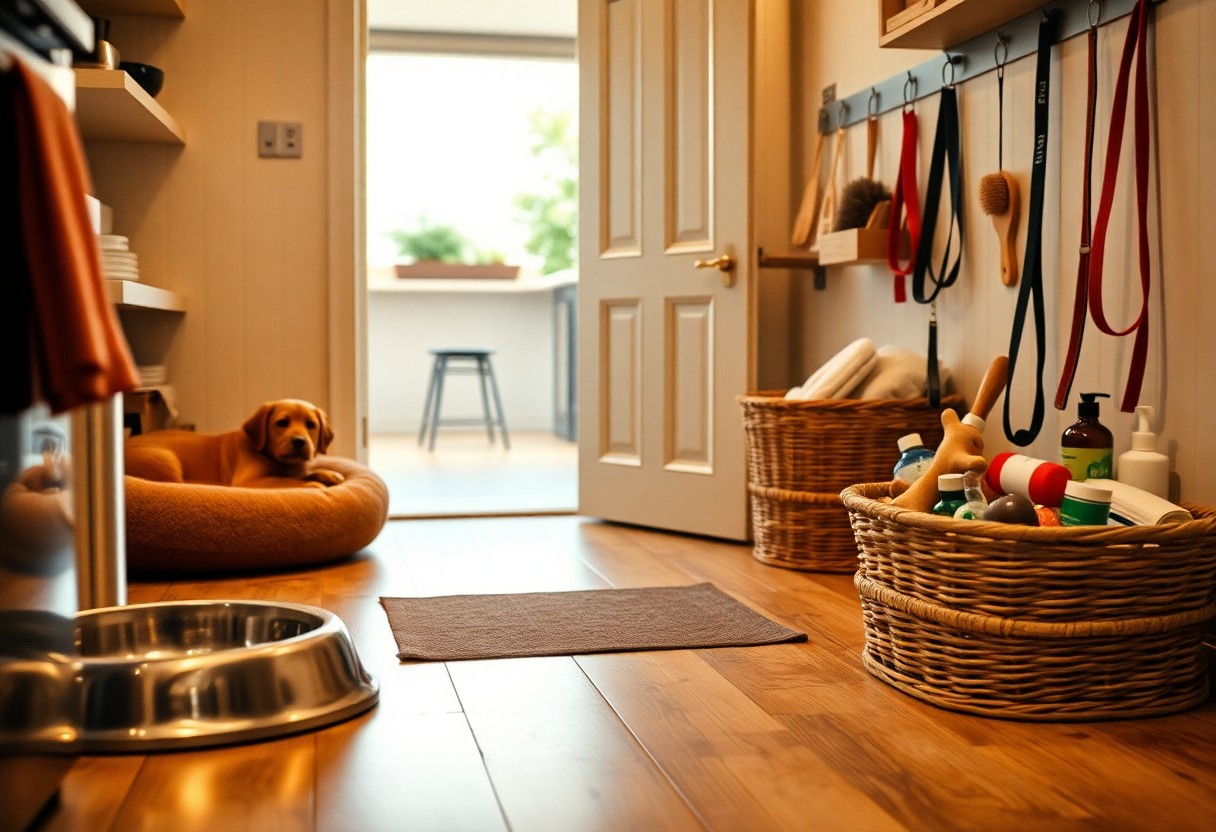
Creating a Cozy Home Environment for Your Pup
Designing a welcoming atmosphere for your dog is about providing safety, comfort, and a sense of belonging. Start by selecting a designated space where your pup can relax, away from the hustle and bustle of daily activities. This environment can greatly affect their behavior and well-being, ensuring your new companion feels right at home from the moment they arrive.
The Importance of Comfortable Sleeping Areas
A well-chosen sleeping spot can significantly improve your dog’s quality of life. Investing in a cozy, supportive bed tailored to your dog’s size and sleeping habits enables them to rest properly. Ensure it’s placed in a quiet corner of your home, away from drafty areas or disturbances, as this will help establish a calming retreat for your furry friend.
Toys and Mental Stimulation: Keeping Your Dog Happy and Engaged
Engaging your dog with an array of toys is important for their physical and mental health. Dogs thrive on interaction and stimulation, often displaying boredom and destructive behavior without proper outlets. Selecting a mix of chew toys, puzzle games, and fetch toys ensures that you cater to their natural instincts, encouraging healthy play and cognitive growth.
Interactive toys like treat-dispensing puzzles or plush toys with squeakers will pique your dog’s interest, providing both entertainment and a chance to exercise their mind. For instance, toys that challenge their problem-solving skills can keep them busy for extended periods, reducing anxiety and preventing boredom. Regular playtime not only fosters a stronger bond between you and your pup, but also helps to burn off excess energy, leading to a happy, well-adjusted companion. Aim to introduce new toys periodically to keep your dog engaged and excited about playtime.
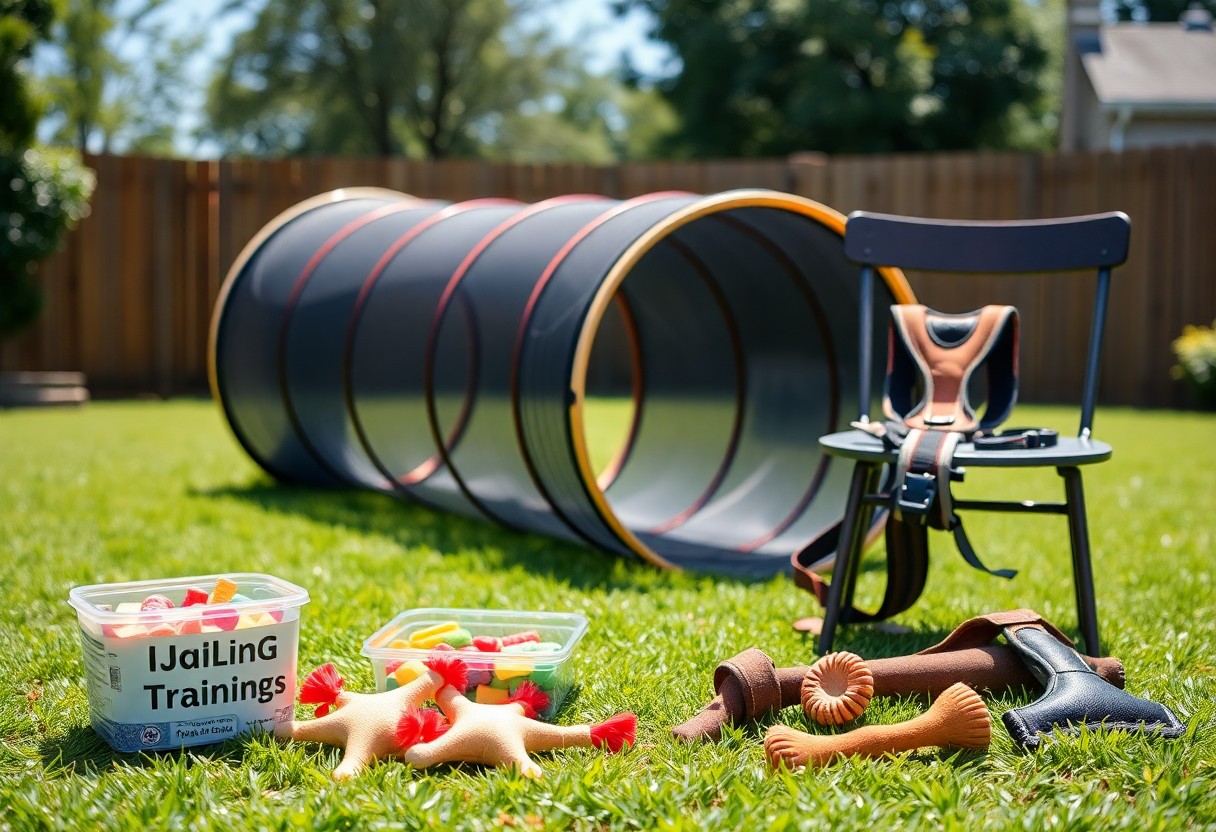
Training Tools for a Well-Behaved Companion
Your journey to having a well-mannered pup starts with the right training tools. These necessary items not only facilitate effective communication between you and your dog but also promote positive interactions that contribute to their overall behavior. Investing in quality training resources helps ensure your dog feels confident and secure while learning necessary commands and social etiquette.
Obedience Essentials: Leash Training Aids and Clickers
Ensure successful leash training with the right gear, such as a comfortable harness and a sturdy leash designed specifically for your dog’s size and breed. Clickers serve as an excellent training aid, allowing you to provide instant feedback when your pup performs the desired behavior. This combination fosters a positive learning environment, making the process enjoyable for both of you.
The Benefits of Puppy Classes: Socialization and Behavioural Learning
Puppy classes are an invaluable experience for both you and your pet, promoting necessary socialization and behavioral learning. These classes offer a safe space for your pup to interact with other dogs while teaching fundamental commands in a structured environment, enhancing their confidence and reducing anxiety. Regular exposure to new experiences during this critical phase helps prevent fear-based behaviors later in life.
The structured setting of puppy classes often includes a variety of exercises that focus on obedience, impulse control, and social skills. Your pup will learn alongside their peers, receiving guidance from experienced trainers who can provide personalized tips and support. These interactions play a crucial role in building your dog’s self-assurance and adaptability, making them a well-rounded and happy companion. Additionally, you’ll have the opportunity to connect with fellow dog owners, creating a network of support as you commence on this rewarding journey together.
Summing up
With this in mind, equipping yourself with the must-have items for your new dog sets the stage for a happy and harmonious experience for both you and your pup. From selecting the right food and toys to ensuring proper grooming supplies and training vitals, each item plays a vital role in your dog’s well-being. By investing in these key resources, you can foster a loving environment, making the start of your journey together enjoyable and successful. Your new furry friend will thank you as they thrive in their new home.
FAQ
Q: What are the important items a new dog owner should have before bringing their pup home?
A: Before welcoming your new dog, it’s important to gather some important items to create a comfortable environment for your furry companion. Here are some must-have items: a comfortable dog bed for resting, food and water bowls that are sturdy and easy to clean, a selection of high-quality dog food suitable for their age and size, a collar and leash for walks, identification tags for safety, and toys to keep them engaged. Additionally, a crate can be beneficial for training and providing a secure space for your pup.
Q: Why is choosing the right food important for my new dog?
A: Choosing the right food is vital for your dog’s overall health and well-being. A balanced diet ensures that your dog receives all necessary nutrients to support their growth, energy, and immune system. When deciding on food, consider your pup’s age, breed, and any specific dietary needs they may have. Consulting with your veterinarian can help you determine the best choices that cater to your dog’s unique requirements, promoting optimal health right from the start.
Q: How can I ensure my dog feels comfortable in their new home?
A: To help your new dog feel comfortable in their new environment, create a designated space where they can relax and feel secure. This can be their bed or crate in a quiet area. Introduce them to their surroundings gradually, allowing them to explore at their own pace. Maintaining a consistent routine for feeding, walks, and playtime can also establish a sense of security. Lastly, lots of affection and patience from you will help them feel more at ease during this transition.
